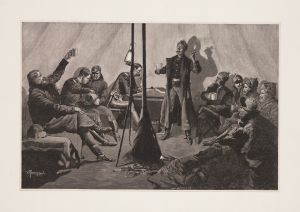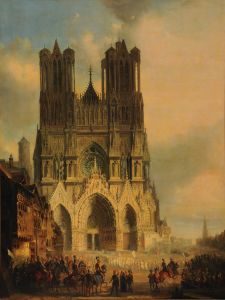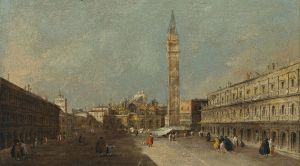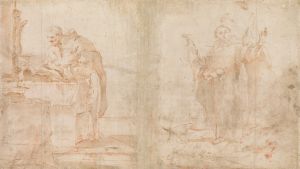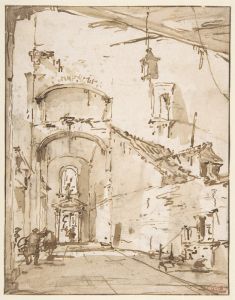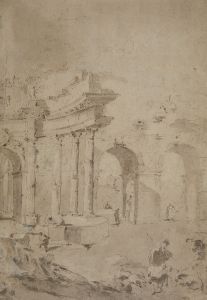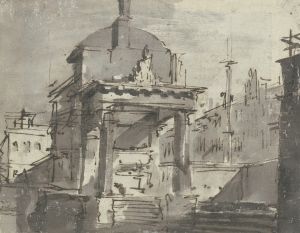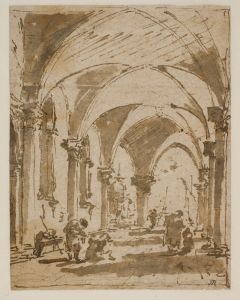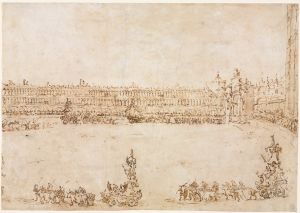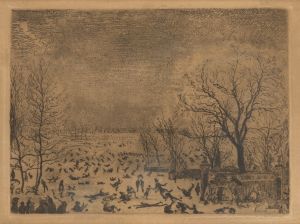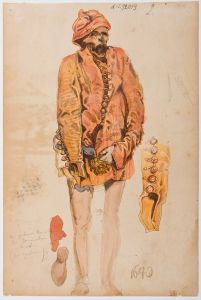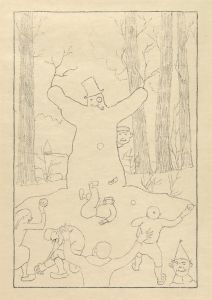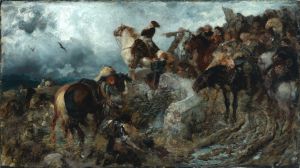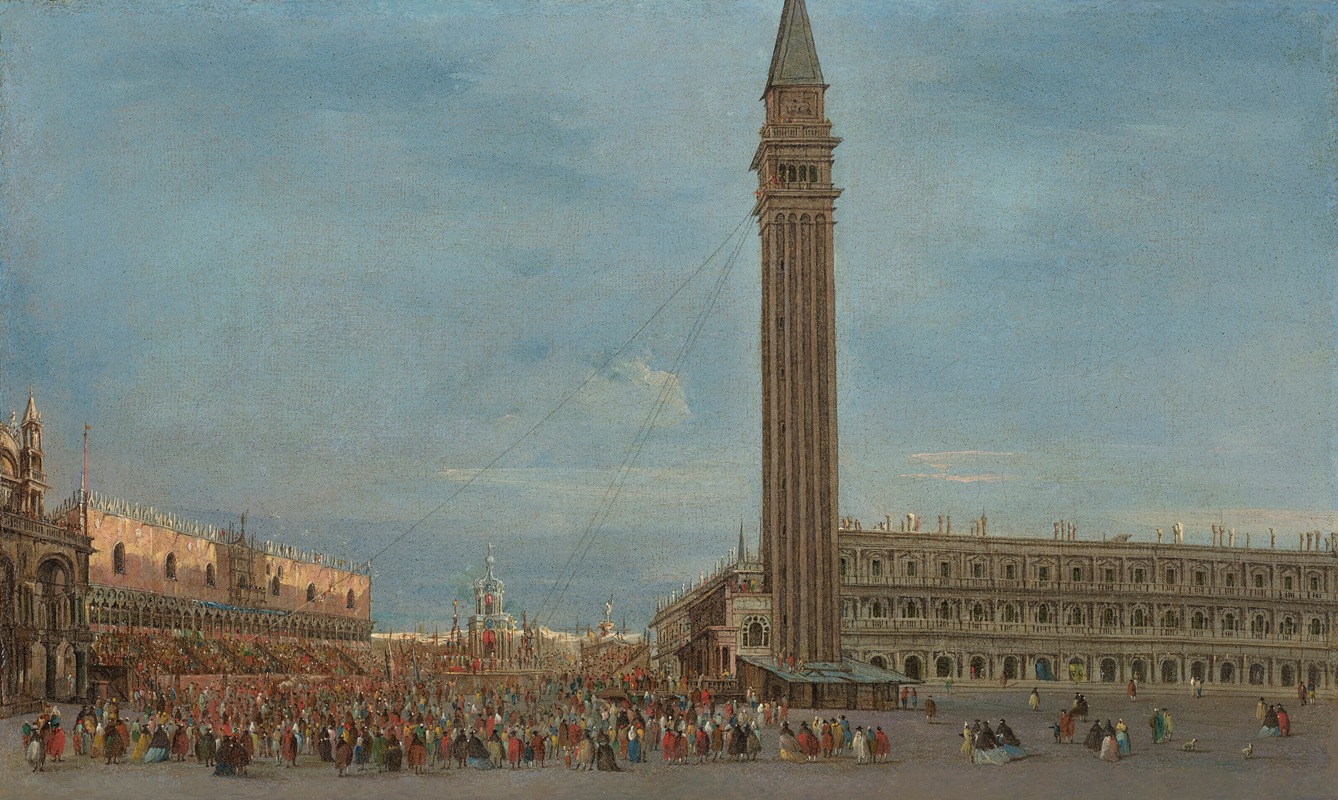
Venice, the Piazzetta San Marco with the Festival of Giovedì Grasso
A hand-painted replica of Francesco Guardi’s masterpiece Venice, the Piazzetta San Marco with the Festival of Giovedì Grasso, meticulously crafted by professional artists to capture the true essence of the original. Each piece is created with museum-quality canvas and rare mineral pigments, carefully painted by experienced artists with delicate brushstrokes and rich, layered colors to perfectly recreate the texture of the original artwork. Unlike machine-printed reproductions, this hand-painted version brings the painting to life, infused with the artist’s emotions and skill in every stroke. Whether for personal collection or home decoration, it instantly elevates the artistic atmosphere of any space.
"Venice, the Piazzetta San Marco with the Festival of Giovedì Grasso" is a painting by the renowned Italian artist Francesco Guardi, who was a prominent figure in the Venetian school of painting during the 18th century. Guardi is best known for his vedute, or cityscapes, which capture the essence and vibrancy of Venice during its heyday. This particular painting is a vivid depiction of the Piazzetta San Marco, a significant public space in Venice, during the celebration of Giovedì Grasso, which is part of the Venetian Carnival.
Francesco Guardi was born in Venice in 1712 and became one of the last practitioners of the classic Venetian school of painting. He was particularly known for his atmospheric and lively depictions of Venice, which often featured bustling scenes filled with people and activity. His work is characterized by a loose, expressive style that captures the light and movement of the city.
The painting "Venice, the Piazzetta San Marco with the Festival of Giovedì Grasso" showcases the Piazzetta, which is an extension of the famous Piazza San Marco, leading to the lagoon. This area is flanked by significant architectural landmarks, including the Doge's Palace and the Biblioteca Marciana. Guardi's painting captures the lively atmosphere of the festival, which is part of the larger Carnival of Venice, a tradition that dates back to the Middle Ages and is known for its elaborate masks, costumes, and public celebrations.
Giovedì Grasso, or "Fat Thursday," marks the climax of the Carnival season, leading up to the beginning of Lent. It is a day of feasting and revelry, and in Guardi's time, it would have included various public entertainments such as parades, masked balls, and theatrical performances. The painting likely captures the essence of these festivities, with crowds of people gathered in the Piazzetta, engaging in the joyous celebrations.
Guardi's work is noted for its ability to convey the spirit of Venice through its use of light and color. In this painting, he employs a palette that reflects the vibrant and festive atmosphere of the carnival, with bright hues and dynamic compositions that draw the viewer into the scene. The figures in the painting are rendered with a sense of movement and energy, typical of Guardi's style, which often focused more on the overall impression of the scene rather than precise details.
The painting is an excellent example of Guardi's ability to capture the unique character of Venice, blending architectural precision with a lively portrayal of its inhabitants. His work provides valuable insights into the social and cultural life of 18th-century Venice, offering a glimpse into the city's rich traditions and festive spirit.
Today, Francesco Guardi is celebrated as one of the great masters of Venetian painting, and his works are held in high esteem for their artistic and historical significance. "Venice, the Piazzetta San Marco with the Festival of Giovedì Grasso" remains an important piece that reflects the grandeur and vibrancy of Venice during one of its most celebrated cultural events.





